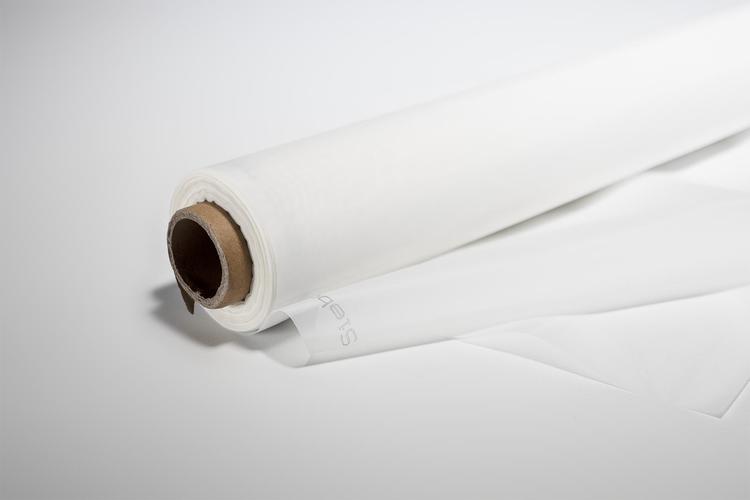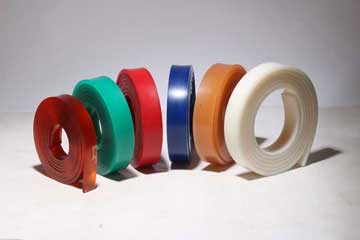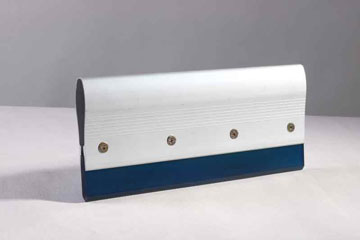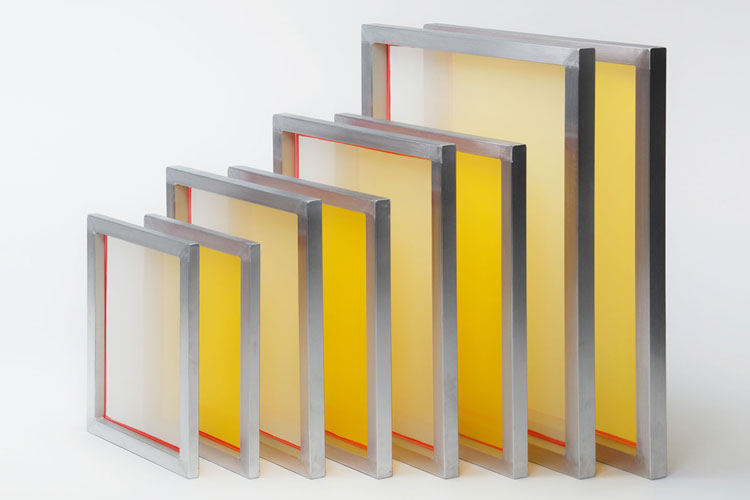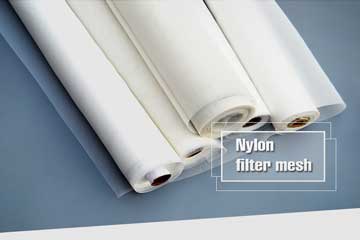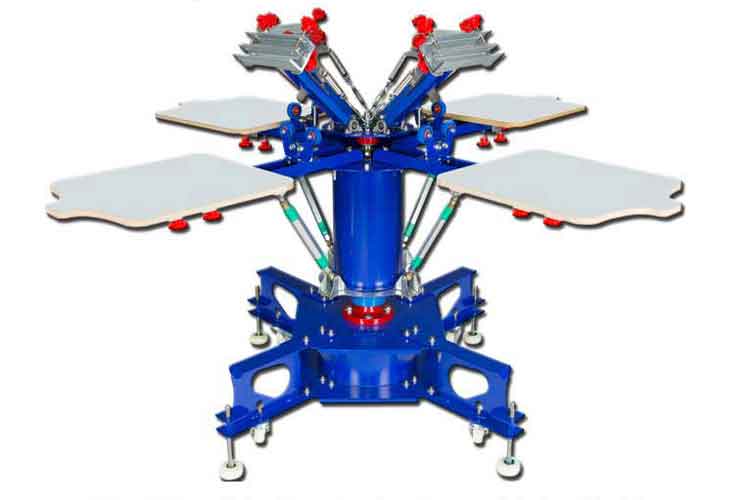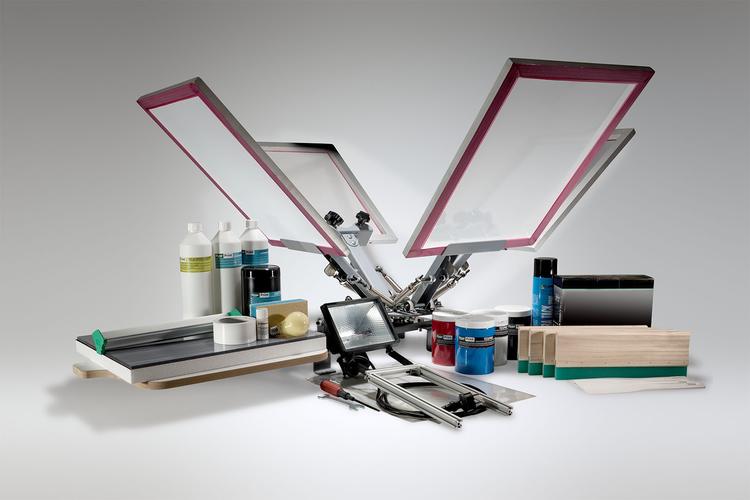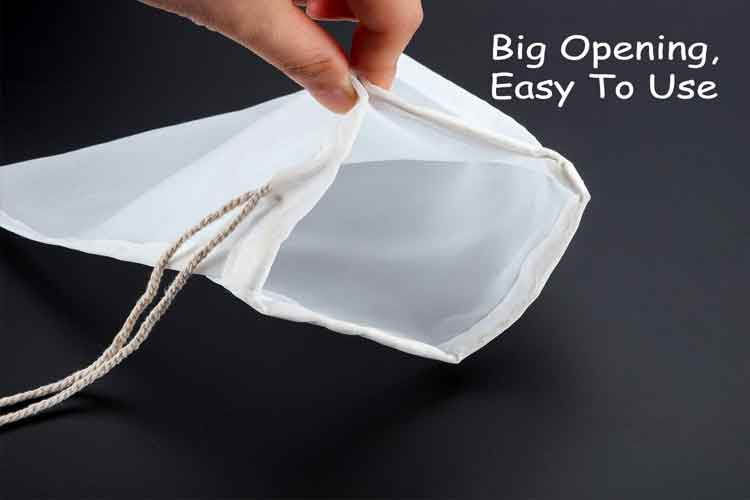Why the filter bag material determines performance and cost
Treat filter bag material selection as a process: gather operating data, shortlist materials, request samples and COAs, validate with a short trial, and standardize accepted parts in procurement. With that discipline, filtration stops being an unpredi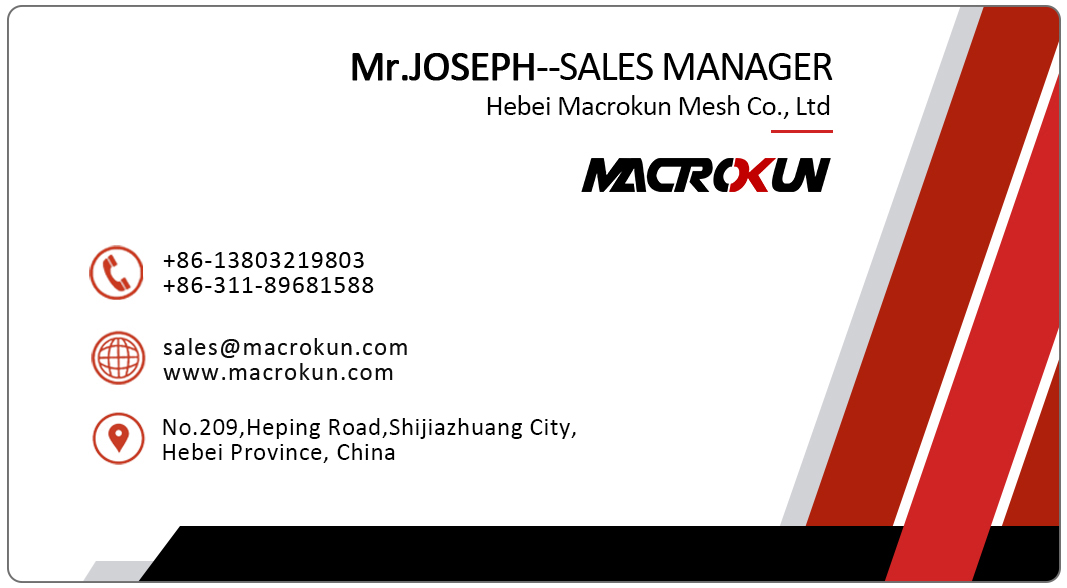
Choosing the correct filter bag material is the single most practical decision your procurement or process team can make to protect equipment, control product loss, and keep operating costs down. A material that matches temperature, chemical exposure, particle load and abrasion profile will live longer, maintain flow rates, and reduce unexpected downtime. Conversely, the wrong choice increases changeouts, causes bypass or pressure spikes, and often leads to expensive downstream problems.
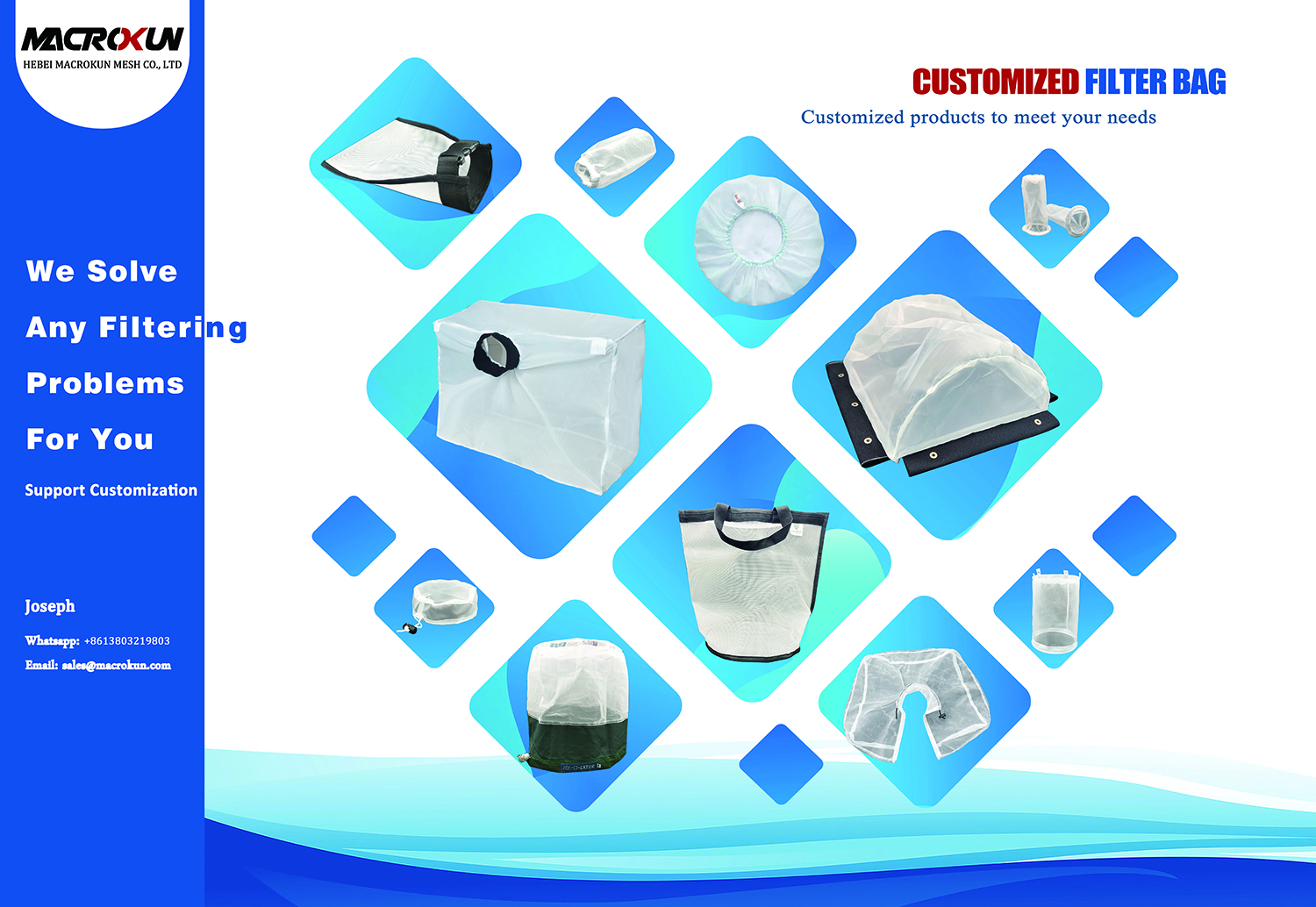
What “filter bag material” means in practice
When we say filter bag material, we mean the manufactured fiber or mesh that forms the active filtration medium — for example, needlefelt polyester, polypropylene felt, nylon monofilament mesh, PTFE, aramid (Nomex/PPS), carbon-loaded media, or stainless-steel woven wire. Each choice carries tradeoffs in chemical compatibility, maximum operating temperature, abrasion resistance, and particle capture mode (depth vs surface). Use the material chart and application notes to match real operating conditions rather than assumptions.
The most common materials — quick guide and use cases
Below are the materials you’ll see most often and the practical reasons operators choose them:
-
Polypropylene (PP) felt — economical, chemically resistant to many acids and alkalis in aqueous systems, and commonly used for general liquid filtration. Good for disposable applications.
-
Polyester (PET) needled felt — higher temperature tolerance than polypropylene and excellent mechanical strength; widely used for dust collection and many liquid clarification tasks.
-
Nylon (polyamide) mesh or felt — hydrophilic options for polar solvents, good abrasion resistance in some constructions; often chosen for certain chemical compatibilities.
-
PTFE (Teflon) and PTFE-coated media — extreme chemical resistance and hydrophobic variants for nonaqueous systems or sticky slurries; often used as a top-coat or as a standalone media for high-end applications.
-
Aramid / Nomex / PPS — high-temperature filter bags for dust collectors and processes where heat resistance is essential.
-
Stainless steel woven or sintered metal — reusable, high-strength, and excellent for high-temperature, abrasive, or back-flushable applications.
-
Specialty media (carbon, oil-absorbent, anti-static blends) — used when product requirements call for adsorption, oil retention, or static control.
Each of these is available in variations (felt vs woven vs mesh) and with finishes/coatings that change performance. When you evaluate a supplier, match the filter bag material to the particle size distribution, the chemical matrix, and the expected mechanical stress on the bag.
Surface finishes and coatings — why they matter
Beyond base polymers, finishes and coatings dramatically influence performance. Common options include:
-
PTFE membrane laminates or coatings — improve cake release, reduce blinding and improve chemical resistance.
-
Singed or calendared finishes — change surface roughness to control cake formation or reduce dust penetration during pulse-clean cycles.
-
Silicone or fluoropolymer impregnations — add release properties and reduce adhesion for sticky dusts or slurries.
When selecting a filter bag material, ask about available finishes; a coated or finished bag can extend life and reduce pressure drop even if the base polymer is unchanged. Sly Air Pollution Control
Matching material to the operating profile — an actionable checklist
Before you pick a filter bag material, collect the following operating data:
-
Temperature range (operating and peak).
-
pH and chemical exposure (list worst-case chemicals, concentrations, and exposure frequency).
-
Abrasion and particle hardness (will the media face sand-like particles or soft organic dust?).
-
Particle size distribution and target micron rating (do you need surface capture or depth loading?).
-
Moisture and stickiness (wet dusts often require special finishes or hydrophobic/hydrophilic choices).
-
Required lifetime and cleaning regime (disposable vs washable vs backwashable).
Armed with this data, compare candidate materials against documented chemical compatibility and temperature ratings to choose the best filter bag material for your process.
Liquid vs. gas (dust) filtration — different needs, different materials
Liquid filter bags (for straining, clarification, or cartridge housings) often prioritize chemical compatibility and low extractables. Felt media like polypropylene or polyester are common; mesh options appear where higher flow and reusable cleaning are needed. For dust collectors, the emphasis shifts to high-temperature stability, abrasion resistance, and pulse-clean performance — leading to polyester, PPS, Nomex, or PTFE-based felts and membranes.
Know whether the application is liquid or gas — misapplying a dust-collector felt in a liquid clarifier (or vice versa) is a frequent source of early failure.
How micron rating and material interact
Micron rating is not independent of filter bag material. Felted media provides depth loading and often higher dirt-holding capacity at coarser micron ratings; woven or monofilament meshes deliver precise surface-cut ratings for polishing. If your process puts a lot of large particles through the bag, choose depth-loading felt of a robust polymer; if you need precise particle exclusion for downstream equipment protection, a woven nylon or stainless mesh may be better.
Procurement and specification — what to require from suppliers
When you request quotes, insist suppliers provide:
-
Exact polymer type and denier/tow specification.
-
Fabric construction (felt/needled, woven, knitted, mesh) and thickness.
-
Coating/finish details and test certificates for coated products.
-
Temperature and chemical compatibility charts for the offered filter bag material.
-
Typical micron range, dust-holding capacity, and expected ΔP curves if available.
-
Sample policy and lot-specific certificates for critical orders.
A supplier who provides data and samples reduces your validation burden and demonstrates accountability.
Incoming inspection and testing — short practical protocol
On receipt of a batch, do these checks before installing into process:
-
Visual inspection for contamination, discoloration, or obvious seam problems.
-
Dimensional check to ensure rings, flanges and bag length match housings.
-
Material verification (if trace-sensitive work) by checking lot numbers against COA.
-
A simple process trial: run a short representative batch to check for pressure rise, leaks, or unexpected release.
Document failures and return nonconforming lots. A documented incoming procedure protects uptime and provides evidence for supplier performance reviews.
Maintenance, cleaning, and reuse — material-driven rules
Some filter bag material choices support cleaning and reuse; others are intended as single-use disposables. Guidelines:
-
Metal and woven meshes can usually be backflushed and reused many times.
-
PTFE-coated or hydrophobic media often clean easier for sticky loads.
-
Polypropylene felt tends to be disposable in many liquid processes but can be backwashed in some setups.
-
High-temperature aramids resist thermal shocks and may withstand more aggressive cleaning.
Define the reuse criteria up front and track cycles to avoid performance degradation.
Sustainability and end-of-life considerations
Increasingly, procurement teams weigh sustainability. Options include longer-life metal or woven media, material reclamation programs, or choosing polymers with lower embodied energy. Factor disposal costs and regulatory requirements into the material decision — sometimes a higher initial cost for a recyclable or longer-lived filter bag material reduces overall environmental and financial footprint.
Real-world examples — how correct material selection solves problems
-
A chemical plant switched from a generic polypropylene felt to a PTFE-coated polyester felt because of sticky byproducts. The new filter bag material reduced frequency of manual cleaning and dropped ΔP spikes by more than half.
-
A foundry upgraded to stainless woven bags to resist abrasive particulate; bag life increased dramatically and the need for emergency replacements disappeared.
These are typical cases where material selection yields quick operational ROI.
Final thoughts — turn material selection into a predictable system
Treat filter bag material selection as a process: gather operating data, shortlist materials, request samples and COAs, validate with a short trial, and standardize accepted parts in procurement. With that discipline, filtration stops being an unpredictable variable and becomes a reliable part of throughput and product quality.
filter bag filter bag material
Pre:Get the Perfect Fit: Why a Custom Filter Bag Is the Smart Choice for Your Process
Next:Why choosing the right sewn filter bag saves you time and money
Tags:
